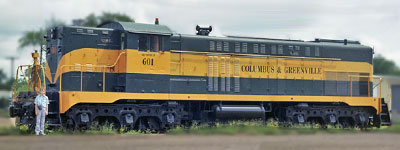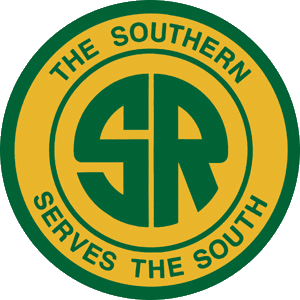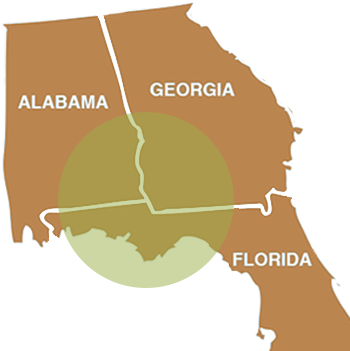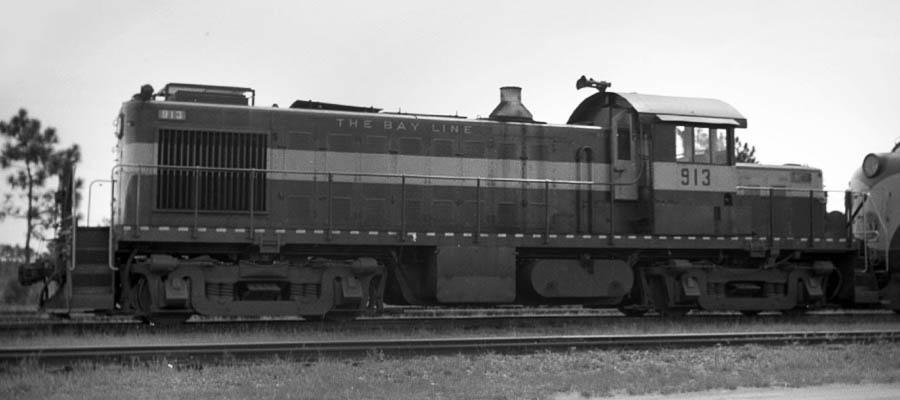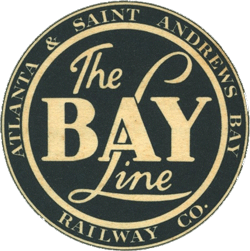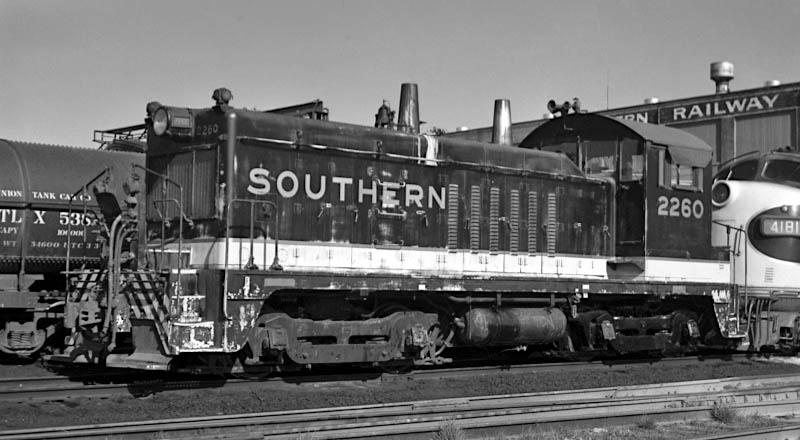


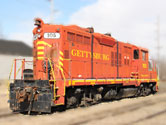




Shortline




route
 |
Hartford & Slocomb Railroad"Owned by the Shippers We Serve" |

This is the pattern of all the little mixed freight and passenger trains which, since the dawn of railroad time, have served the far places and humble destinies of a nation living by the flanged wheel on the steel rail.
Lucius Beebe & Charles Clegg — The Age of Steam — 1957

Dothan, Al / Jun 1971 / JCH
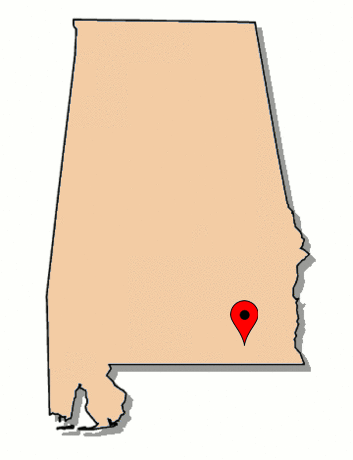 The Hartford & Slocomb Railroad was incorporated in 1954 to purchase and operate a branchline of the Central of Georgia Railroad, a short section of rail between Hartford and Dothan, Alabama — a distance of 22 miles.
In 1900, the Chattahoochee & Gulf Railroad completed the construction of a line from Columbia to Lockhart, Alabama. The railroad was leased and operated by the Central of Georgia until the line was abandoned from Lockhart to Hartford in 1940. The Itel Corporation purchased the railroad in July 1975. In later years, most of the traffic on the HS consisted of moving cars in the road's large lease pool fleet (nearly 6,000 cars in 1996) to and from a maintenance facility on the line. Interchange was maintained with the Norfolk Southern, CSX Transportation, and the Bay Line at Dothan. In 1992 the line was abandoned from Taylor to Hartford, and the remaining pike was purchased by Gulf & Ohio Railways. The railroad exists today as the H&S Railroad Company. In 2006, the line was again sold, this time to shortline operator Genesee & Wyoming, who merged the operation with the Chattahoochee & Gulf Railroad.
The Hartford & Slocomb Railroad was incorporated in 1954 to purchase and operate a branchline of the Central of Georgia Railroad, a short section of rail between Hartford and Dothan, Alabama — a distance of 22 miles.
In 1900, the Chattahoochee & Gulf Railroad completed the construction of a line from Columbia to Lockhart, Alabama. The railroad was leased and operated by the Central of Georgia until the line was abandoned from Lockhart to Hartford in 1940. The Itel Corporation purchased the railroad in July 1975. In later years, most of the traffic on the HS consisted of moving cars in the road's large lease pool fleet (nearly 6,000 cars in 1996) to and from a maintenance facility on the line. Interchange was maintained with the Norfolk Southern, CSX Transportation, and the Bay Line at Dothan. In 1992 the line was abandoned from Taylor to Hartford, and the remaining pike was purchased by Gulf & Ohio Railways. The railroad exists today as the H&S Railroad Company. In 2006, the line was again sold, this time to shortline operator Genesee & Wyoming, who merged the operation with the Chattahoochee & Gulf Railroad.
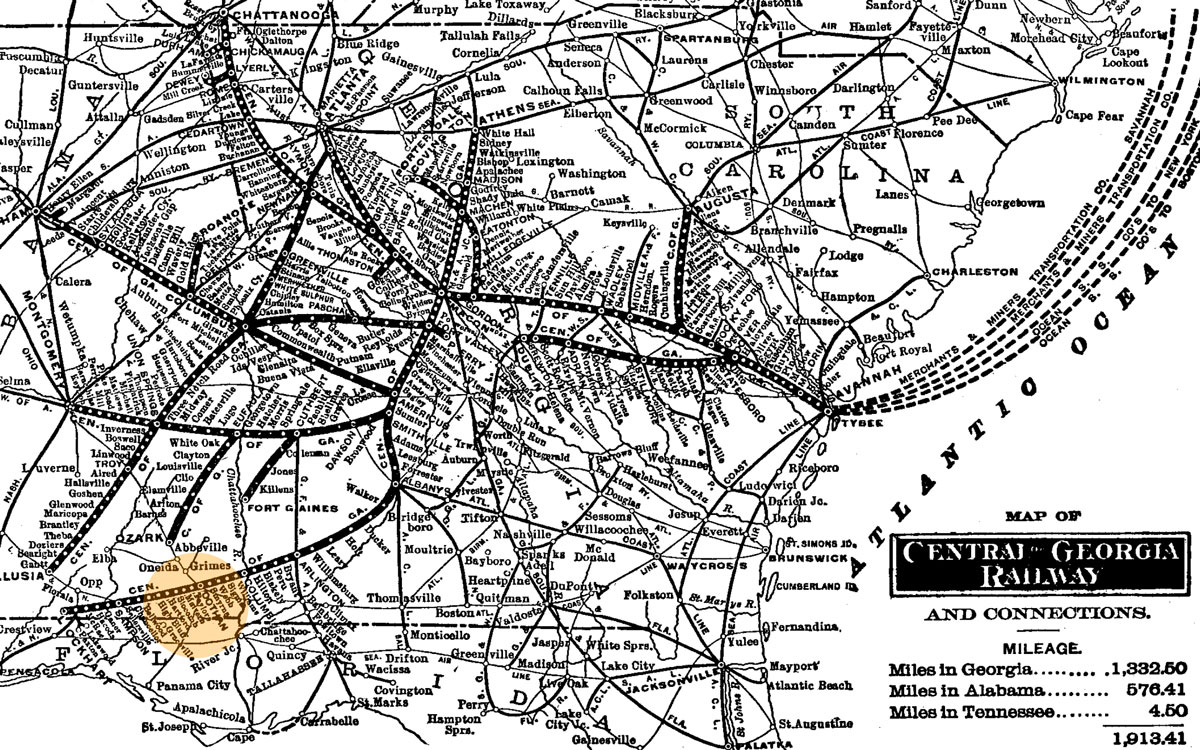
1910 Official Guide map / collection
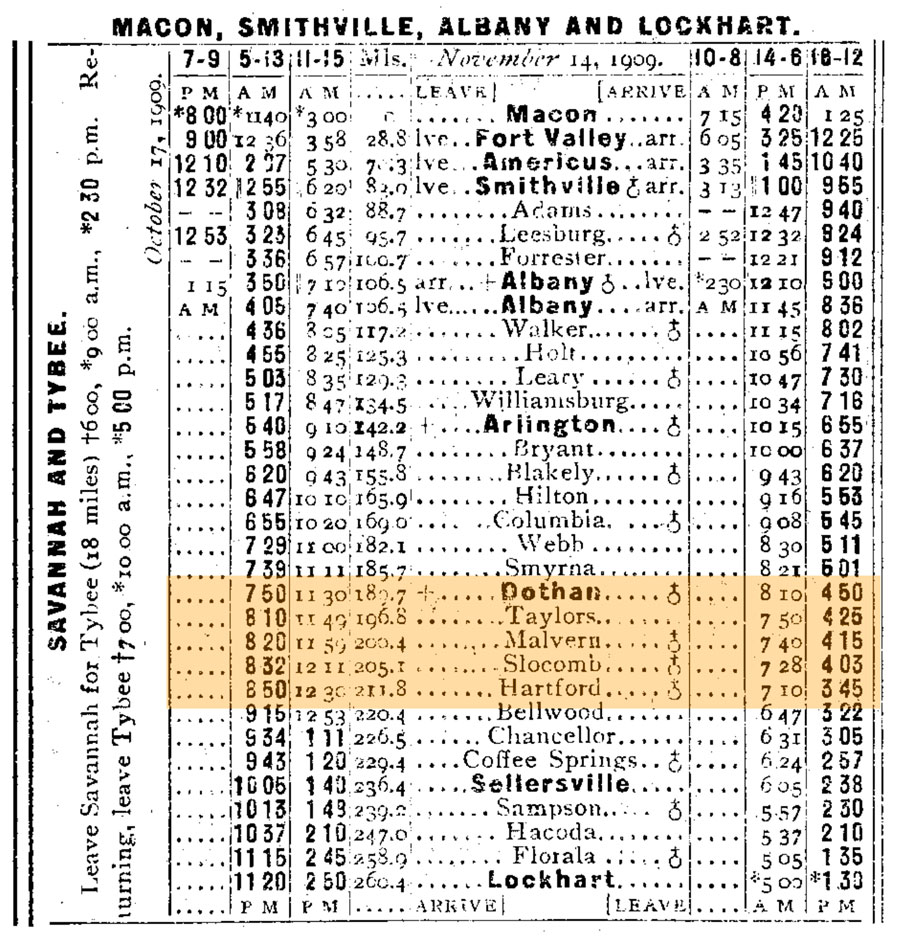
1910 Official Guide ad / collection
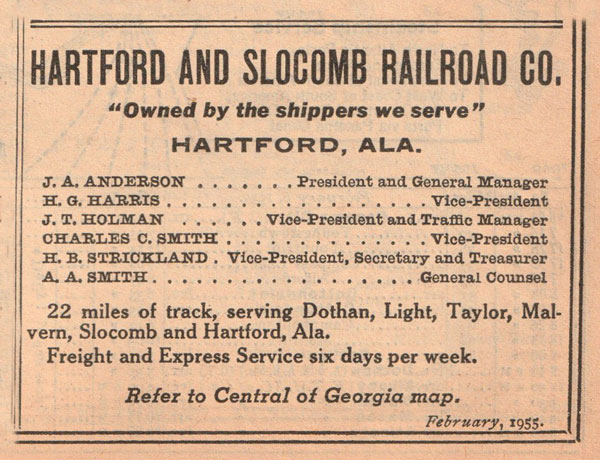
1955 Official Guide ad / collection
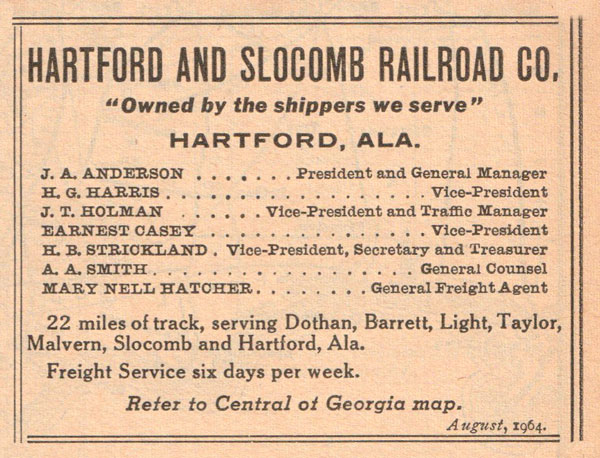
1965 Official Guide ad / collection

1974 Official Guide ad / collection
Motive Power
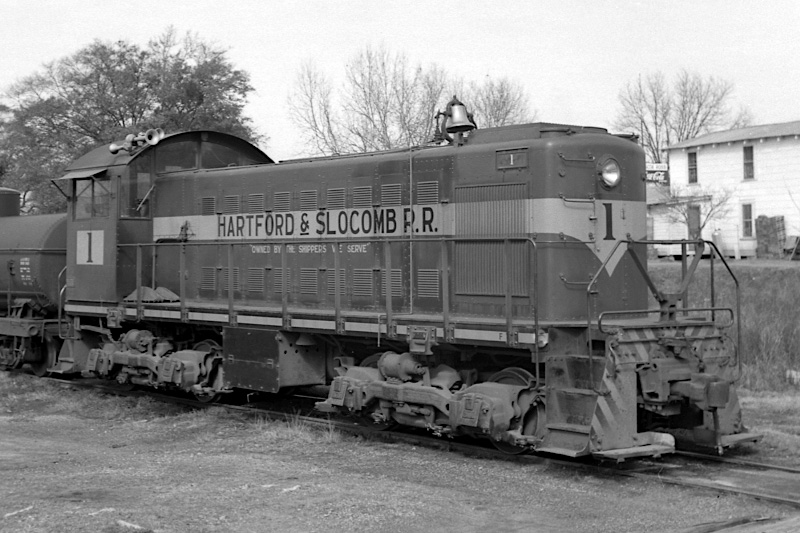
Hartford & Slocumb #1
Hartford, Al / Jan 1960 / JCH


Hartford & Slocumb #1
to Federal Barge Line #1
to Hartford & Slocumb #1

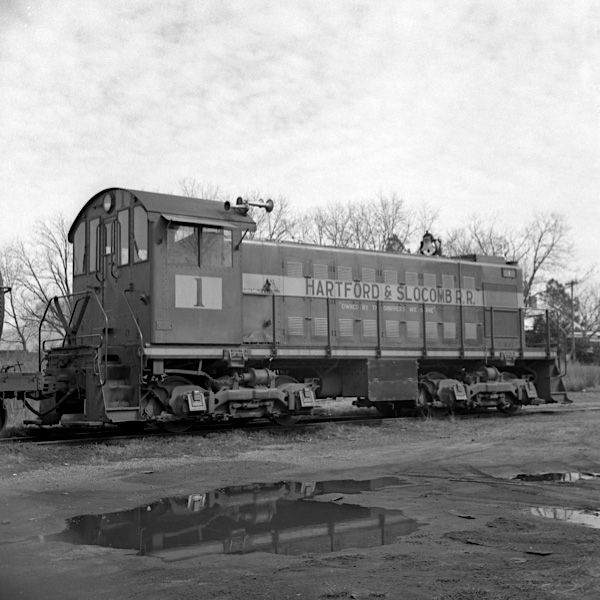
Hartford, Al / Jan 1960 / JCH

Hartford, Al / Jan 1960 / JCH
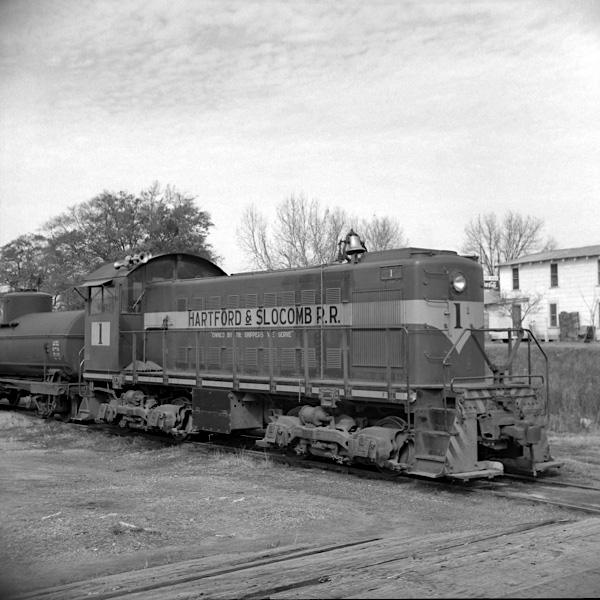
Hartford, Al / Jan 1960 / JCH
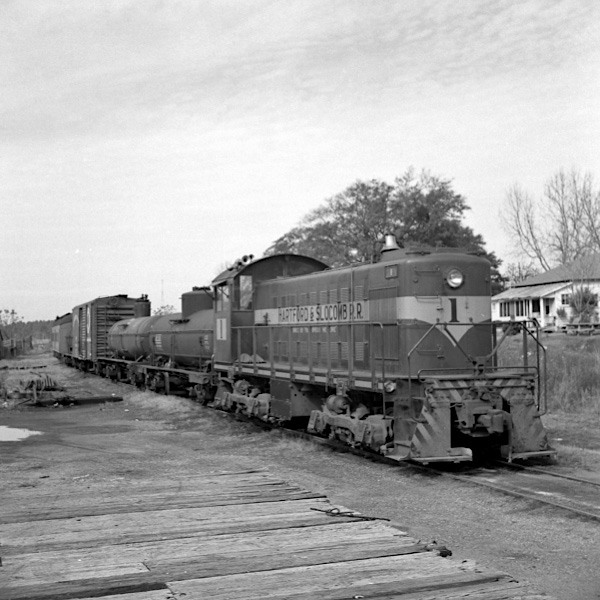
Hartford, Al / Jan 1960 / JCH
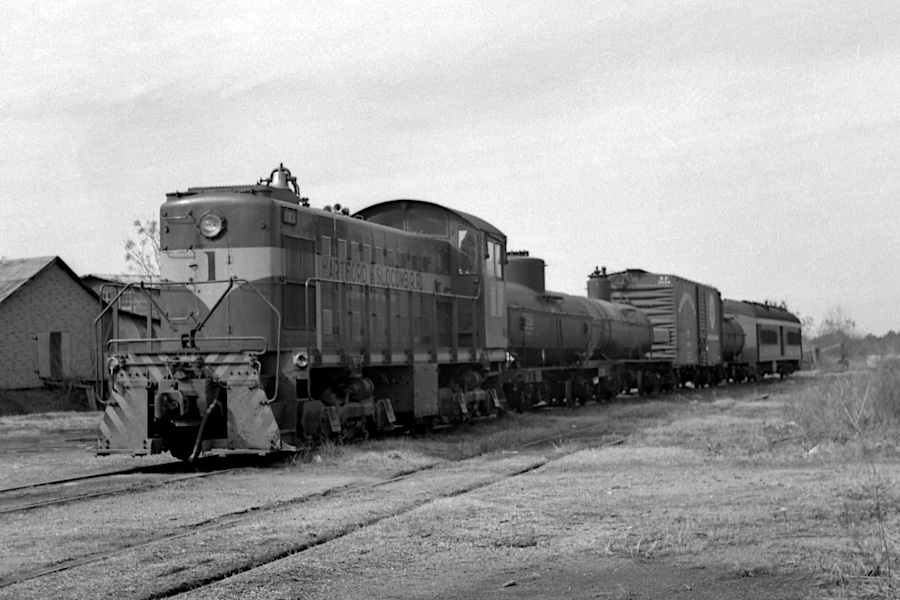
Hartford, Al / Jan 1960 / JCH

Hartford, Al / Jan 1960 / JCH
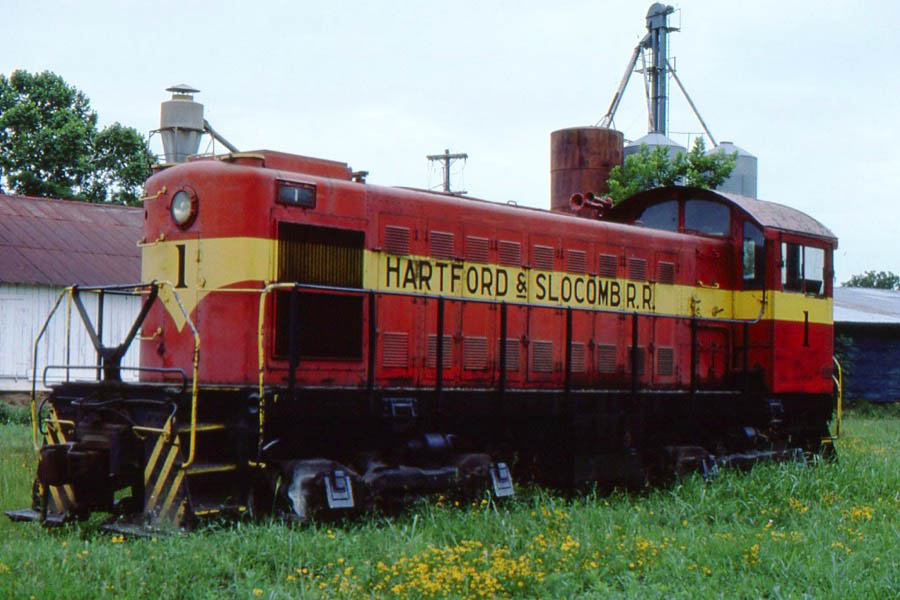
Hartford, Al / Jul 1975 / collection
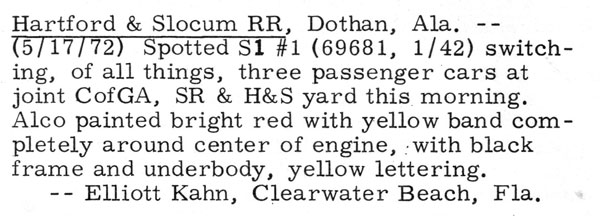
from EXTRA 2200 South magazine
- Jul 1971 / collection
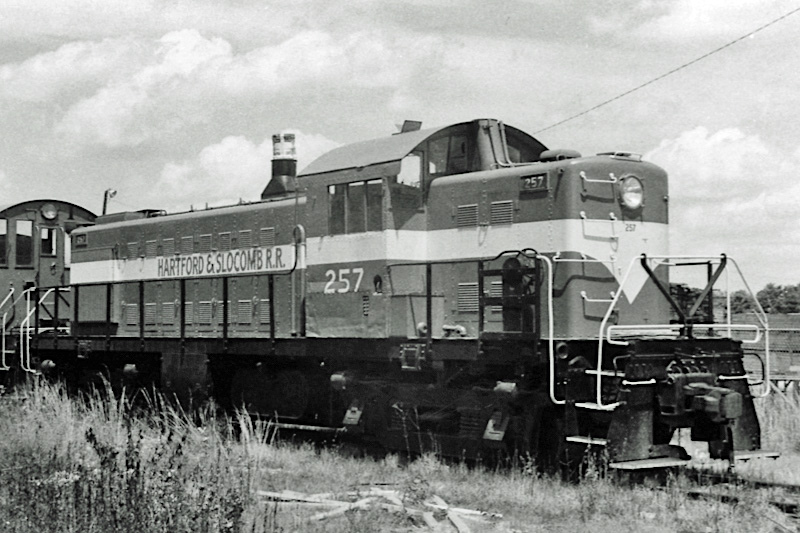
Hartford & Slocumb #257
Dothan, Al / Sep 1972 / collection


Hartford & Slocumb #257
to Precision National
to Hartford & Slocumb #257, 1971

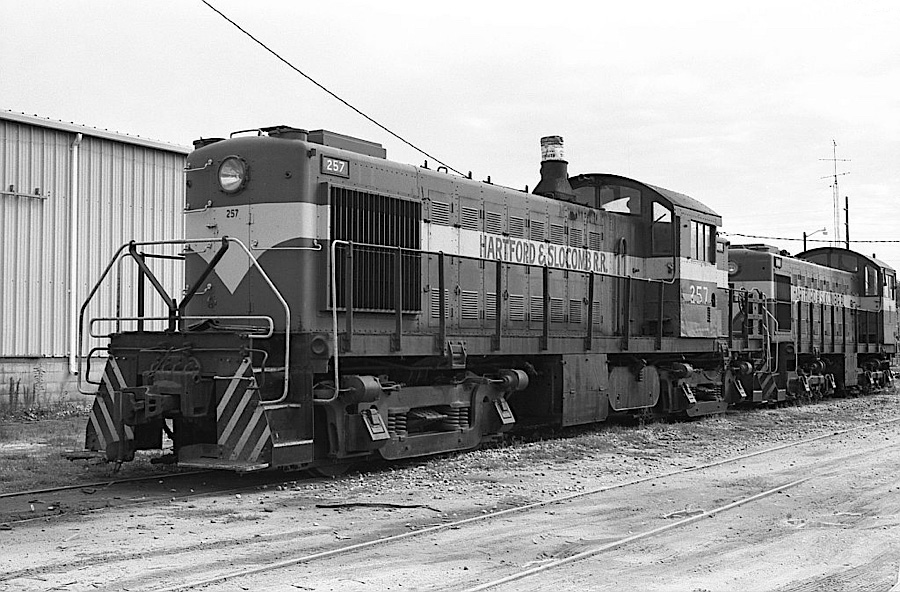
Dothan, Al / Jun 1974 / Doug Leffler
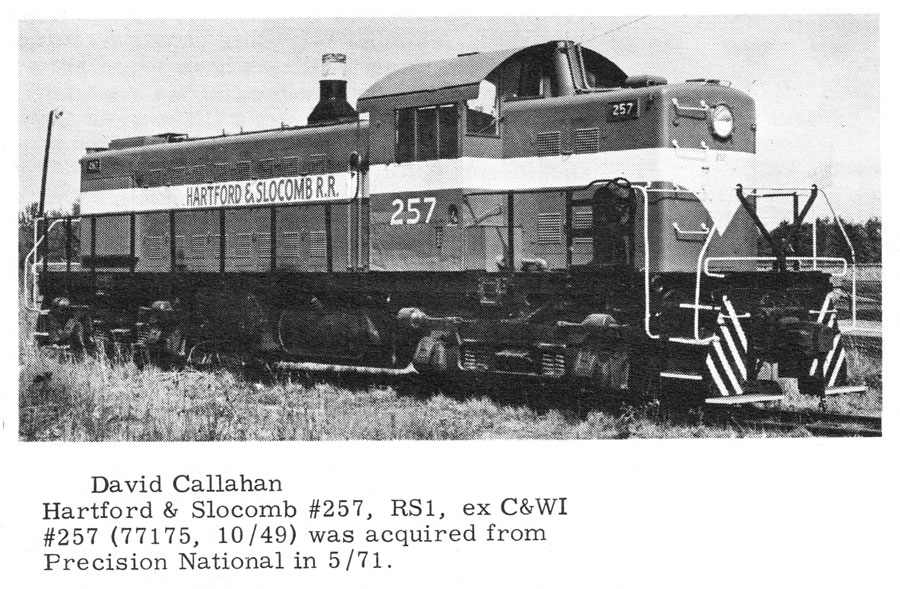
from EXTRA 2200 South magazine
- Jul 1971 / collection
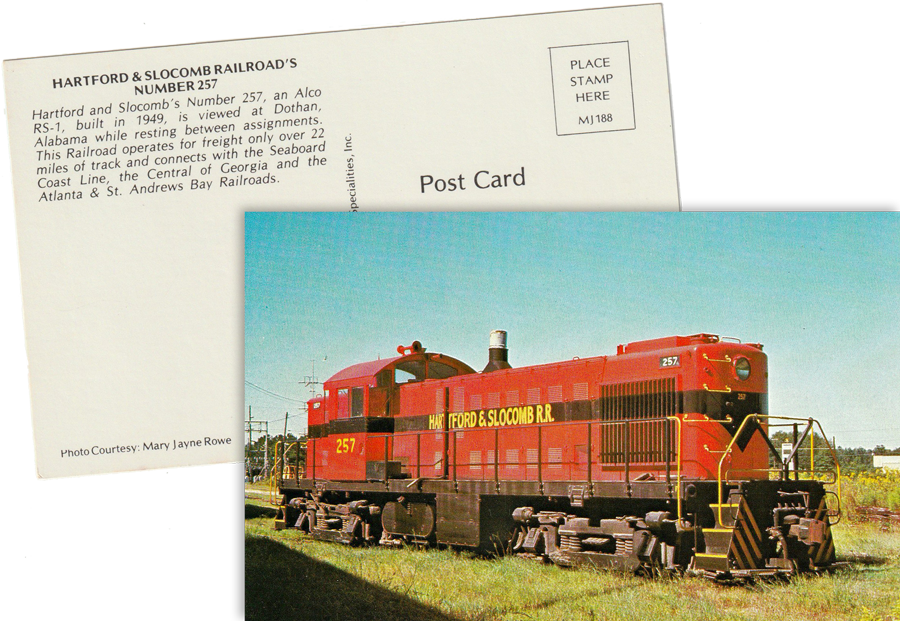
postcard / collection

Dothan, Al / collection
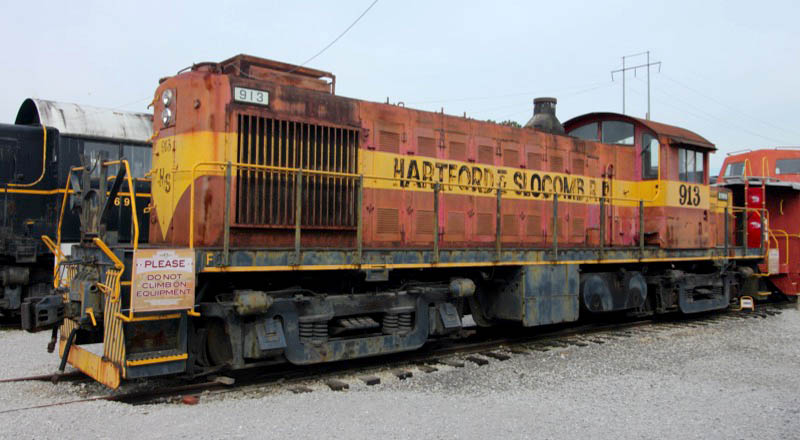
Hartford & Slocomb #913
East Chattanooga, Tn / Jun 2019 / RWH


Hartford & Slocomb #913
to Hartford & Slocomb #913
to Tennessee Valley Railroad Museum

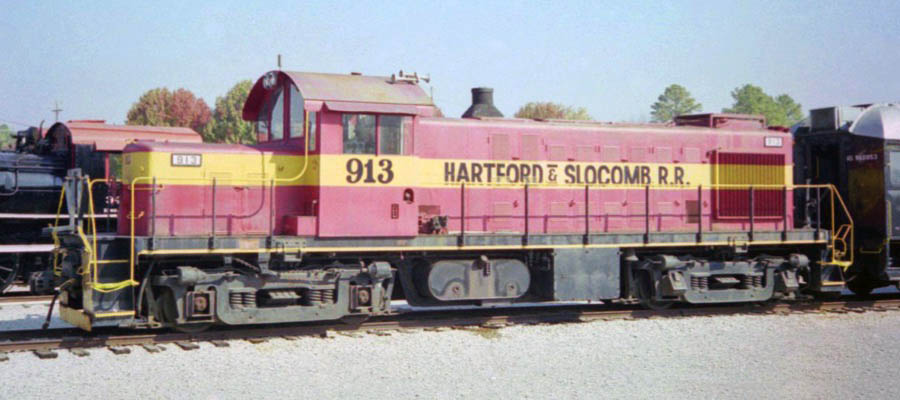
East Chattanooga, Tn / Nov 1999 / JCH
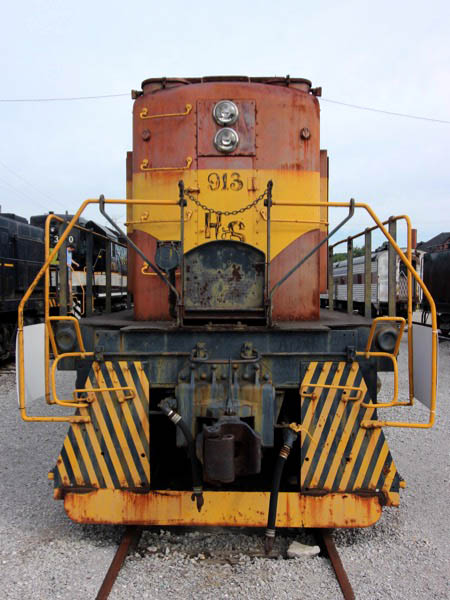
Jun 2019 / RWH
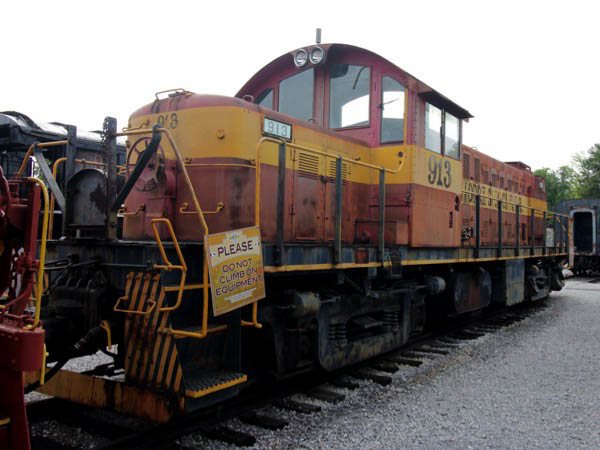
East Chattanooga, Tn / Jun 2019 / RWH
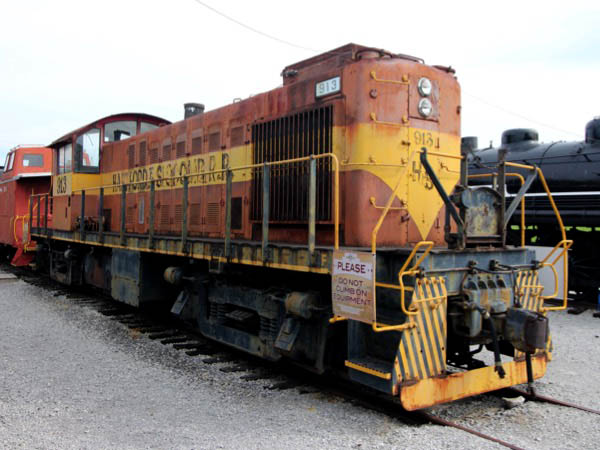
East Chattanooga, Tn / Jun 2019 / RWH
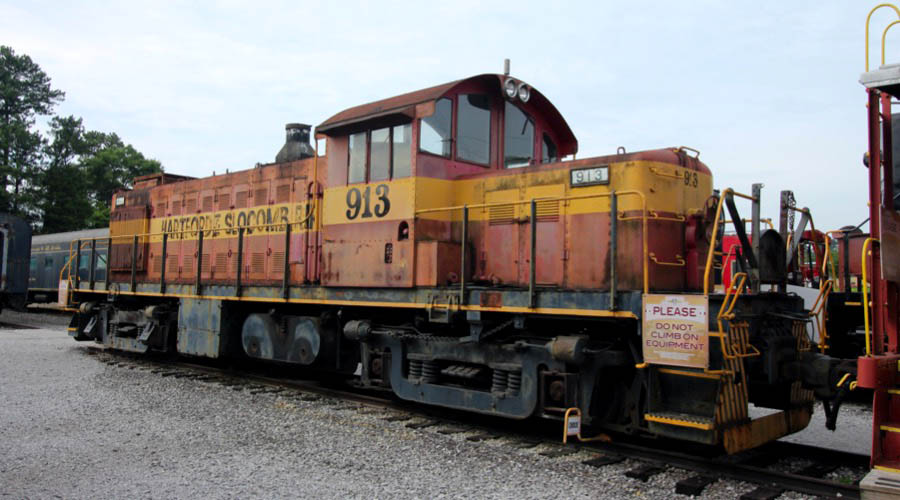
East Chattanooga, Tn / Jun 2019 / RWH
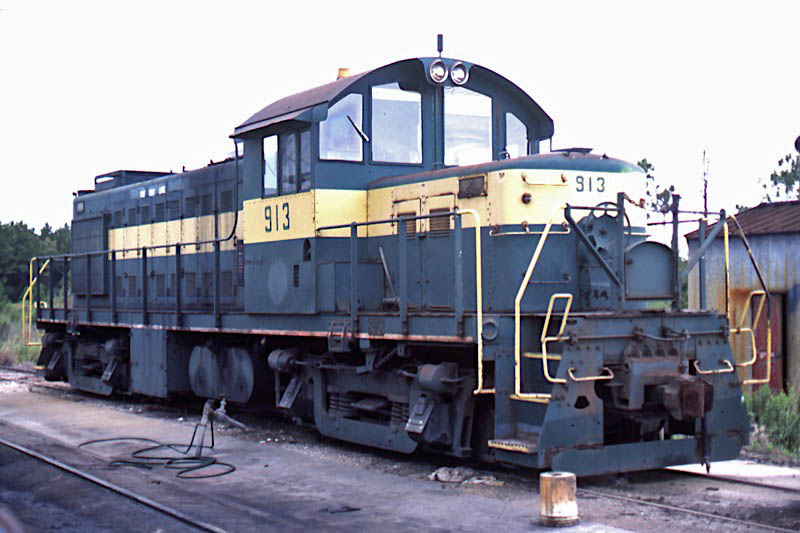
Panama City, Fl / Aug 1983 / collection

See also our complete Atlanta & St. Andrews Bay / Bay Line scrapbook in Shortlines

East Chattanooga, Tn / Jun 2019 / RWH
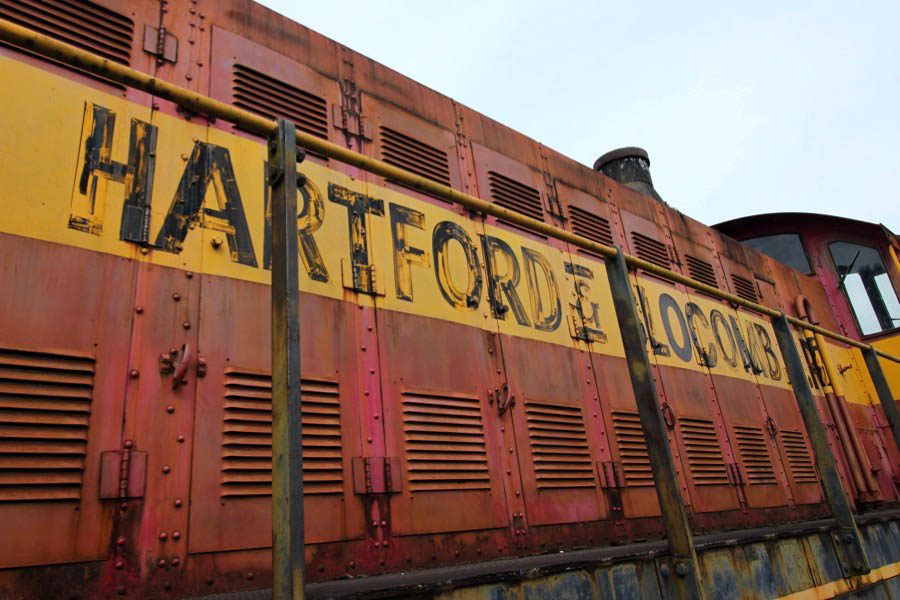
Jun 2019 / RWH

Jun 2019 / RWH
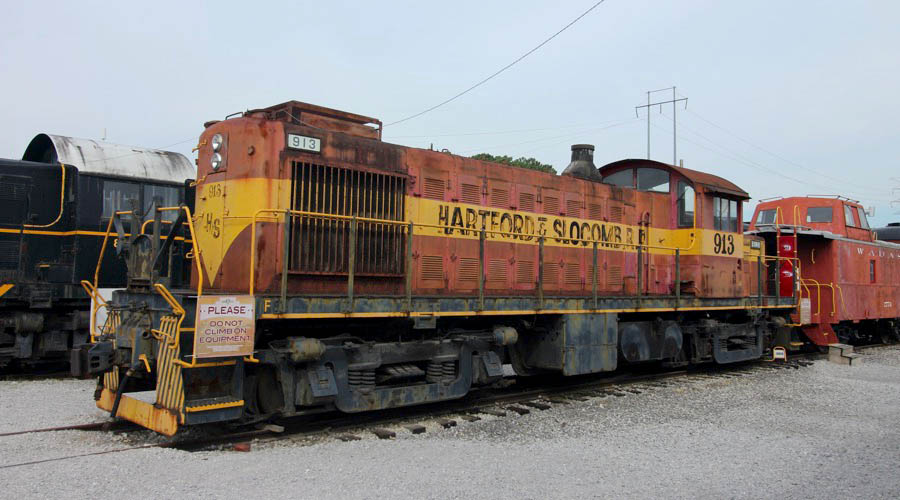
East Chattanooga, Tn / Jun 2019 / RWH
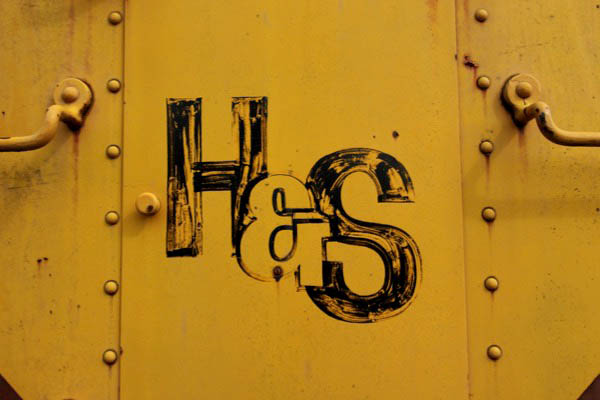

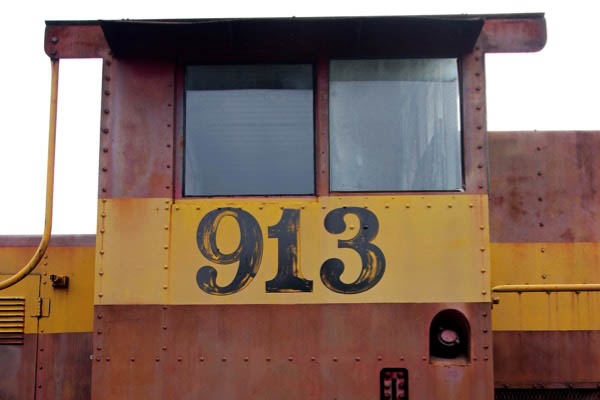
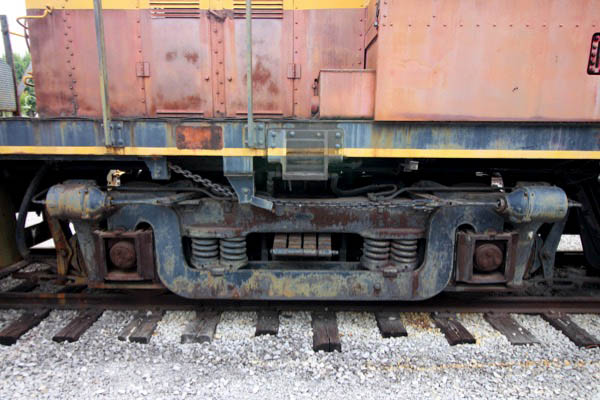

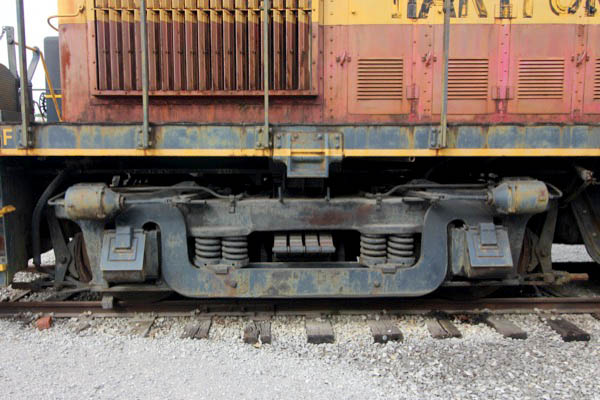
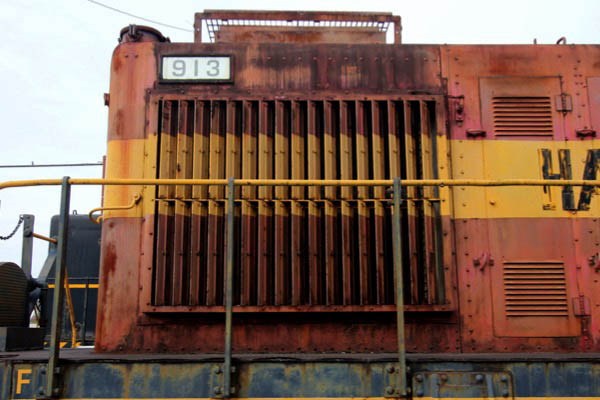
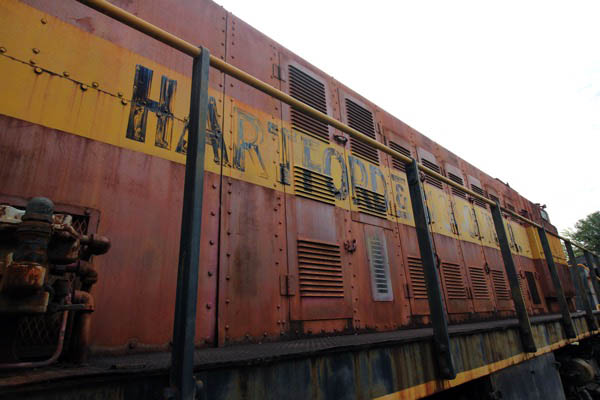
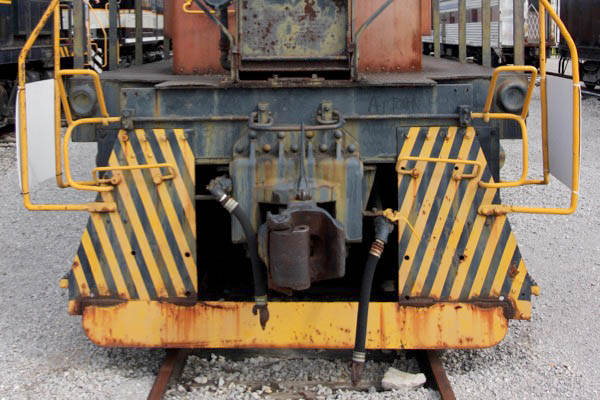
Jun 2019 / RWH

East Chattanooga, Tn / Jun 2019 / RWH

See also our complete Tennessee Valley Railroad Museum scrapbook in Preservation
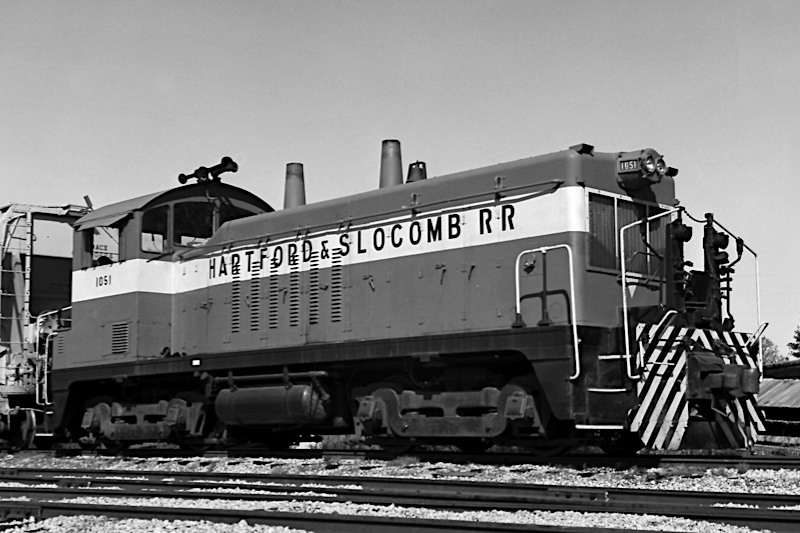
Hartford & Slocumb #1051
Dothan, Al / collection


Hartford & Slocumb #1051
to Southern Railway #1051
to Birmingham Rail & Loco Co #1051
to Hartford & Slocumb #1051
to Gulf & Ohio Railways #1051


See also our Southern Railway Yard Switcher scrapbook in Mainlines
Rolling Stock

Jim Crow
In 1944, the Detroit chapter of the NAACP held a mock-funeral for him. In 1963, participants in the March on Washington for Jobs and Freedom symbolically buried him. Racial discrimination existed throughout the United States in the 20th century, but it had a special name in the South—Jim Crow.
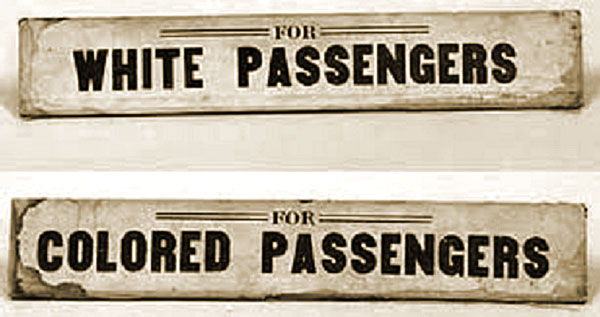 Fifty years ago this Thursday, President Lyndon B. Johnson tried to bury Jim Crow by signing the the Voting Rights Act of 1965 into law. The Voting Rights Act and its predecessor, the Civil Rights Act of 1964, fought racial discrimination in the South by banning segregation in public accommodations and outlawing the poll taxes and tests that were used to stop African Americans from voting.
Fifty years ago this Thursday, President Lyndon B. Johnson tried to bury Jim Crow by signing the the Voting Rights Act of 1965 into law. The Voting Rights Act and its predecessor, the Civil Rights Act of 1964, fought racial discrimination in the South by banning segregation in public accommodations and outlawing the poll taxes and tests that were used to stop African Americans from voting.
Today, we still use "Jim Crow" to describe that system of segregation and discrimination in the South. But the system's namesake isn't actually southern. Jim Crow came from the North.
Thomas Dartmouth Rice, a white man, was born in New York City in 1808. He devoted himself to the theater in his twenties, and in the early 1830s, he began performing the act that would make him famous: he painted his face black and did a song and dance he claimed were inspired by a slave he saw. The act was called "Jump, Jim Crow" (or "Jumping Jim Crow").
"He would put on not only blackface makeup, but shabby dress that imitated in his mind—and white people's minds of the time—the dress and aspect and demeanor of the southern enslaved black person," says Eric Lott, author of Love and Theft: Blackface Minstrelsy and the American Working Class and professor of English and American Studies at the City University of New York Graduate Center.
Rice's routine was a hit in New York City, one of many of places in the North where working-class whites could see blackface minstrelsy, which was quickly becoming a dominant form of theater and a leading source for popular music in America. Rice took his act on tour, even going as far as England; and as his popularity grew, his stage name seeped into the culture.
"'Jumping Jim Crow' and just 'Jim Crow' generally sort of became shorthand -- or one shorthand, anyway -- for describing African Americans in this country," says Lott.
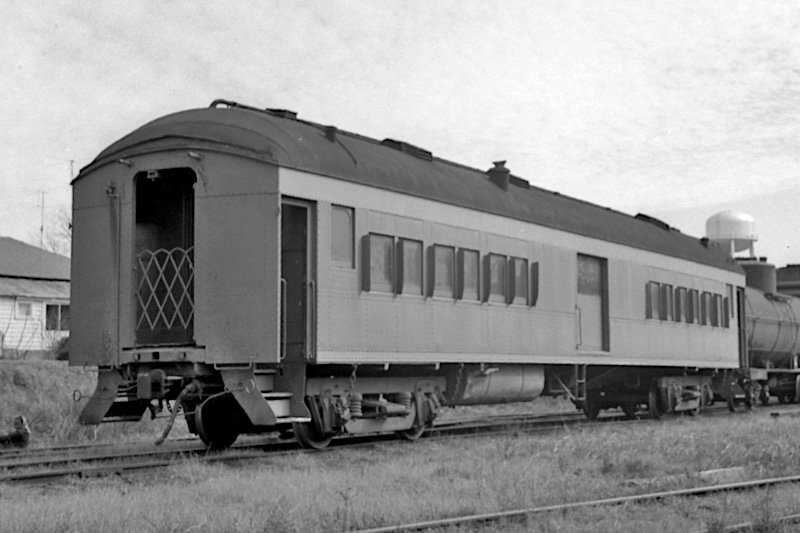
"Jim Crow" combine
Hartford, Al / Jan 1960 / JCH

Hartford, Al / Jan 1960 / JCH

Hartford, Al / Jan 1960 / JCH
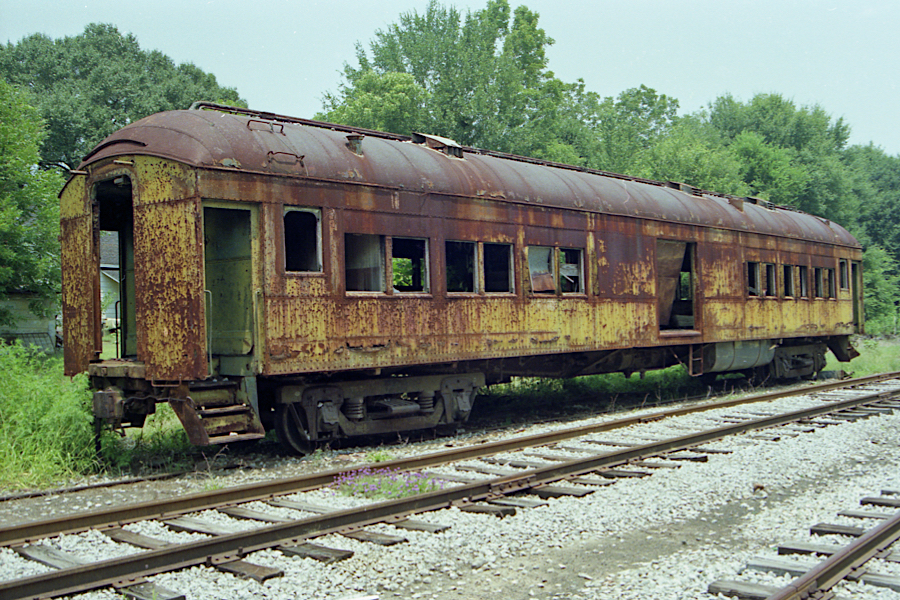
Hartford, Al / Jun 1990 / RWH
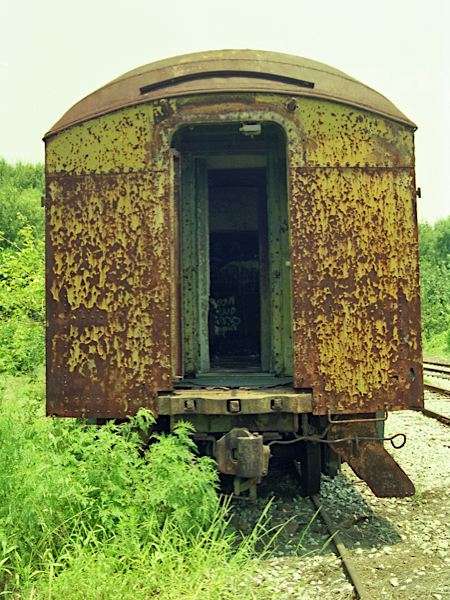
Jun 1990 / RWH

Hartford, Al / Jun 1990 / RWH

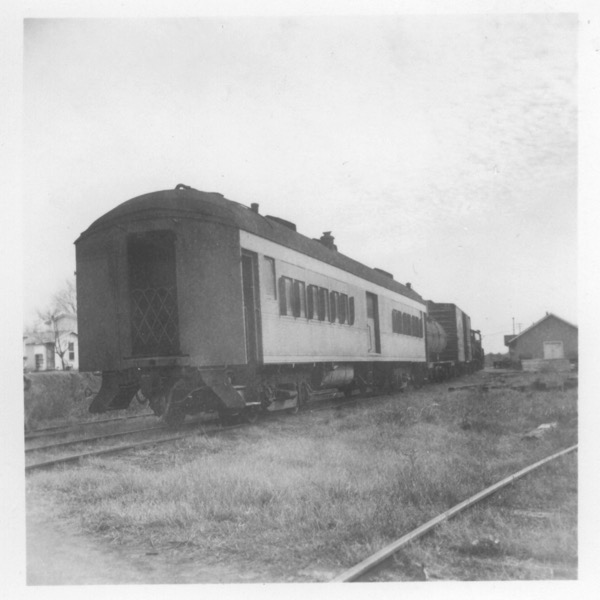 I drove up to Hartford from Pensacola, Florida in 1960 to see the Hartford & Slocumb's Alco switcher and the mixed train service.
My wife was pregnant with our first child, and she was a real trooper for making that trip with me.
I have always been intrigued by the road's "Jim Crow" divided combine.
In 1960 I noted that smoke deflectors had been installed around all of the windows.
When Ralph and I photographed the car again in the early 1990s, the car was in bad shape and the deflectors — as well as lot of other features! — had been removed.
I drove up to Hartford from Pensacola, Florida in 1960 to see the Hartford & Slocumb's Alco switcher and the mixed train service.
My wife was pregnant with our first child, and she was a real trooper for making that trip with me.
I have always been intrigued by the road's "Jim Crow" divided combine.
In 1960 I noted that smoke deflectors had been installed around all of the windows.
When Ralph and I photographed the car again in the early 1990s, the car was in bad shape and the deflectors — as well as lot of other features! — had been removed.
Boxcar Lease Pool
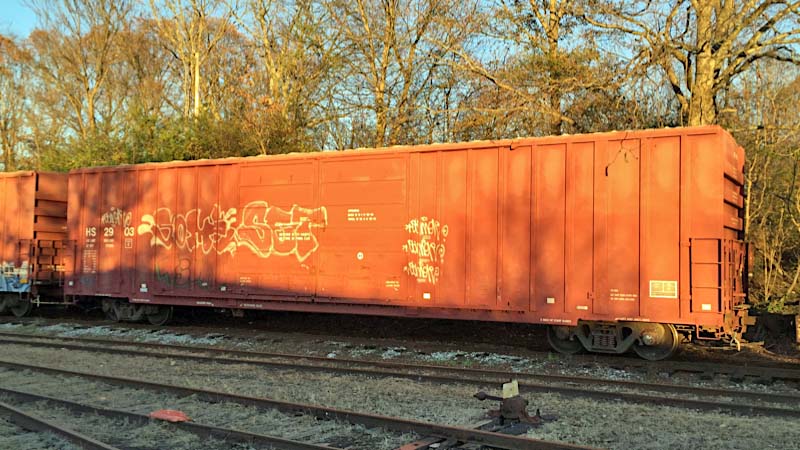
Hartford & Slocumb #2903
double-door boxcar / Holly Springs, Ms / Dec 2015 / RWH
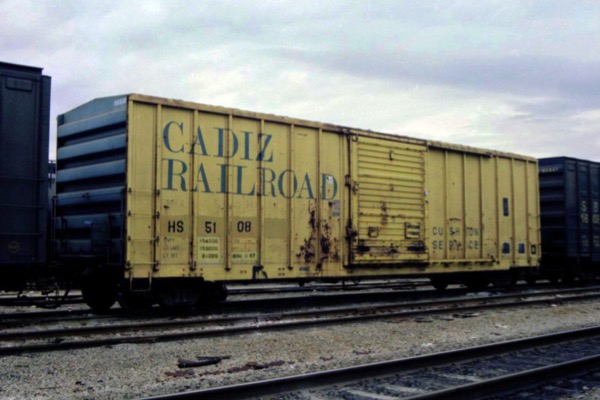
Hartford & Slocumb #2903
Etowah, Tn / Nov 1999 / JCH

Hartford & Slocumb #5294
ex NOPB boxcar / Dothan, Al / 1990s / RWH
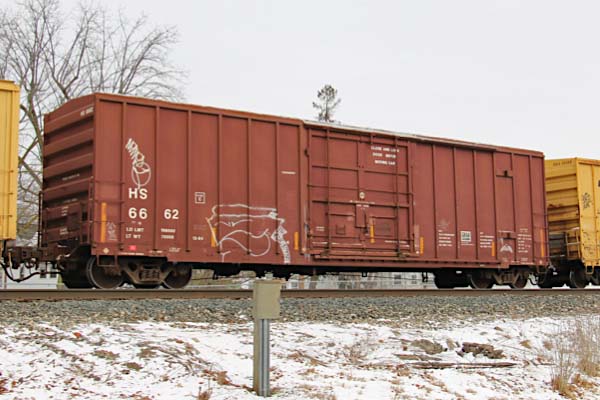
Hartford & Slocumb #6662
Willard, Oh / Feb 2016 / RWH
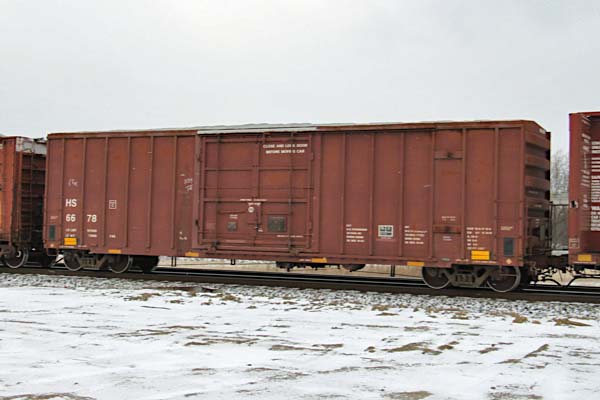
Hartford & Slocumb #6678
Bellevue, Oh / Feb 2016 /RWH

Hartford & Slocumb #30876
Duncansville, Pa / Feb 2016 / RWH

Hartford & Slocumb #72308
New Castle, Pa / Jan 2016 / RWH
 Location
Location

Hartford & Slocumb offices
Hartford, Al / Jan 1960 / JCH
 Lagniappe
Lagniappe

Mixed Train Daily
Hartford, Al / Jan 1960 / JCH
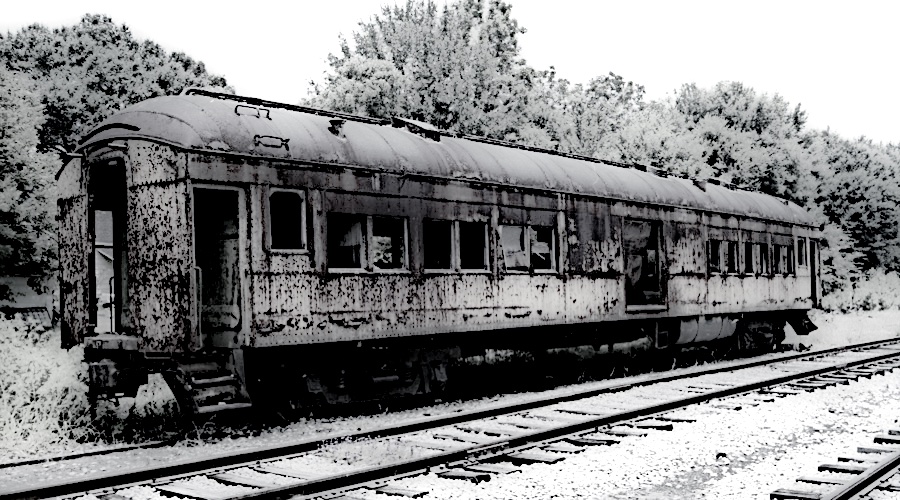
Jim Crow No More
Hartford, Al / Jun 1990 / RWH
Links / Sources
- Wikipedia article for Hartford & Slocomb
- Don's Rail Photos - Alabama shortlines
- Railroad Picture Archives Hartford & Slocomb roster
- Edward A. Lewis, American Shortline Railway Guide - Fifth Edition (Kalmbach, 1996) 146
- Charles W. McDonald, Diesel Locomotive Rosters (Kalmbach, 1992) 82
